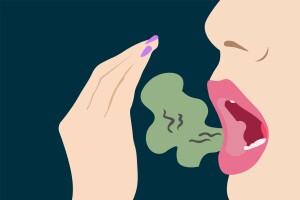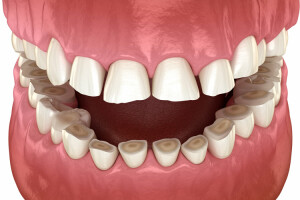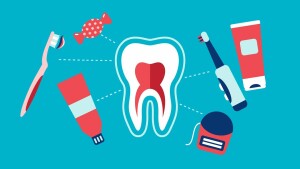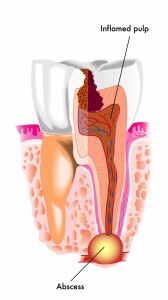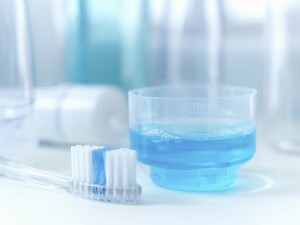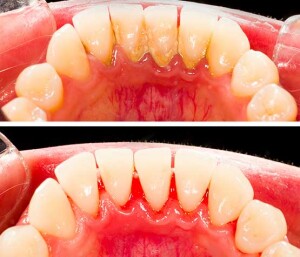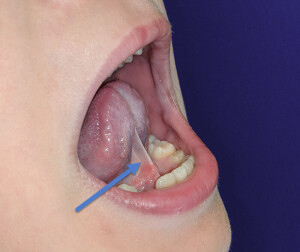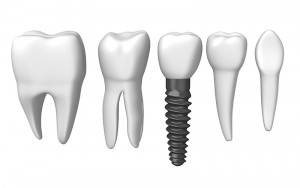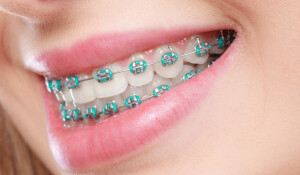If you suffer from chronic, severe bad breath, also known as halitosis, it’s important to identify the cause so you can determine an effective treatment.Halitosis has many causes, including the following:
- Tobacco use. If you smoke, quit. Your bad breath may be due to other causes, too, but tobacco use is a guarantee of bad breath.
- What you eat, or don’t eat. Certain foods, such as garlic, contribute to bad breath, but only temporarily. Once they are absorbed into the bloodstream, the smell is expelled through the breath.
- Dry mouth. If your mouth is extremely dry, there is not enough saliva to wash away excess food particles and bacteria, which can cause an unpleasant smell if they build up on the teeth.
- Infections. Bad breath that seems to have no other cause may indicate an infection elsewhere in the body. Bad breath can be a sign of a range of conditions including respiratory tract infections, chronic sinusitis or bronchitis, diabetes, or liver and kidney problems, so it’s important not to ignore the problem.
The best way to improve bad breath is to follow a thorough oral care routine including twice-daily tooth brushing and daily flossing to remove the food particles and bacteria that can cause bad breath. Mouthwashes only improve bad breath for the short term.

